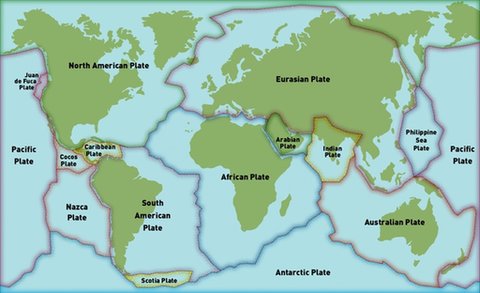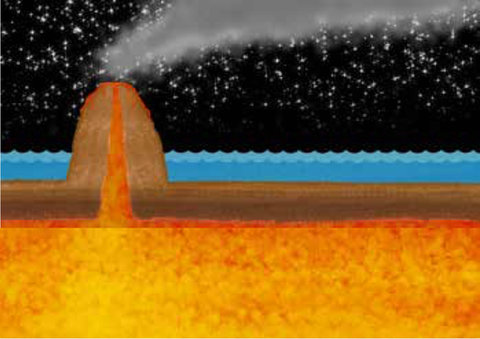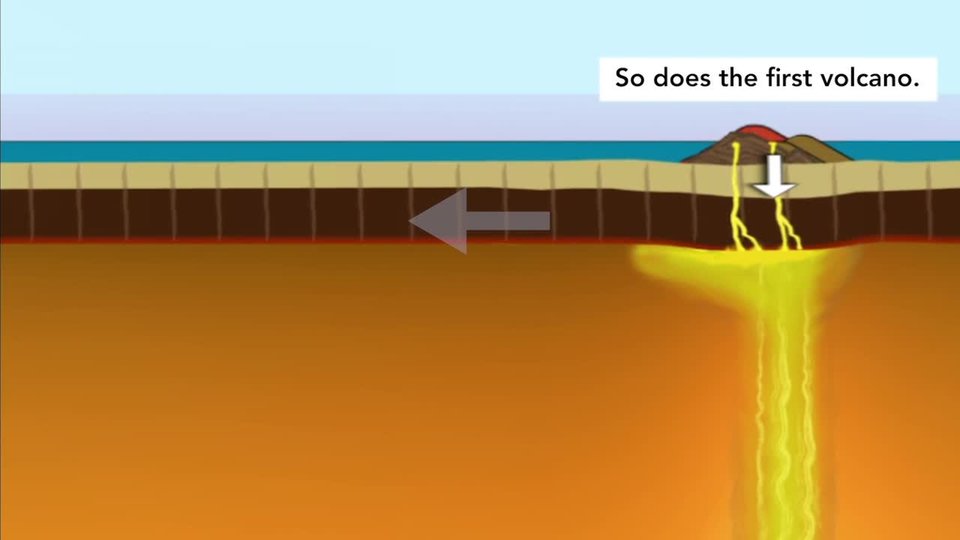Tofindtheenchantedislands,leavemainlandEcuadorandtravelwest.FollowtheEquatortoapatchofsea.Thereyouwillfindanisolatedclusterofislands,the Galápagos.
Someislandslooklikegreengemsontopoftheocean.Otherislandslookbarren.Thereare13largeislands(12shownonourmap),six smallerones,andlotsofrocks.Howdidtheyform?Let’sfind out.
FromtheDepths
TheGalápagosIslandssitontopofanactivevolcanicregion.TheislandslieontheNazcatectonicplate.Thisistouchedbyfourother plates.
Here,thereisahotspotinEarth’scrust.Acolumnofhotmagmarises.Itreachesthesurface.Thenlavaspewsoutandpilesup.Avolcanoforms.Thisishowthefirstisland,Española,formedlong ago.
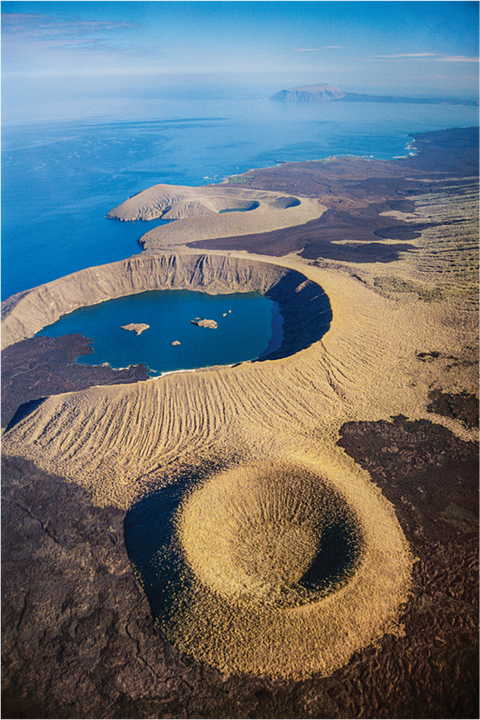
ThisviewfromaboveshowsthevolcaniccratersthatmakeupIsabela Island.
OntheMove...
Volcanicactivityexplainshowoneislandformed.Butwhatabouttheotherislands?Tectonicplatesmove.Yet,thehot spotdoesnot move.
Overtime,EspañolawascarriedsoutheastwardalongwiththeNazcaplate.Thenanewisland,SanCristóbal,formedonthehot spot.Astheplatecontinuedtomove,moreislandswere created.
Beforeyou read
EarthScience
NaturalProcesses
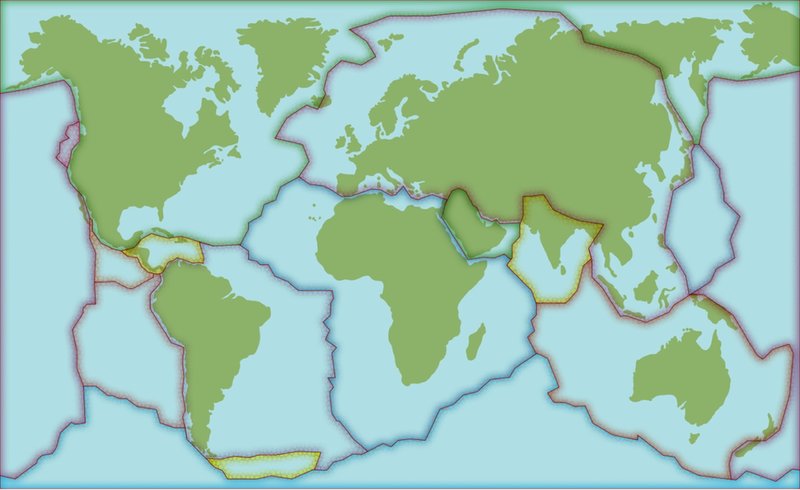
North
American
Plate
Eurasian Plate
Antarctic Plate
Australian Plate
Philippine
Sea
Plate
Pacific
Plate
Pacific
Plate
Nazca
Plate
South
American
Plate
African Plate
Caribbean
Plate
Arabian
Plate
Indian
Plate
Juan
deFuca
Plate
Cocos
Plate
Scotia Plate
